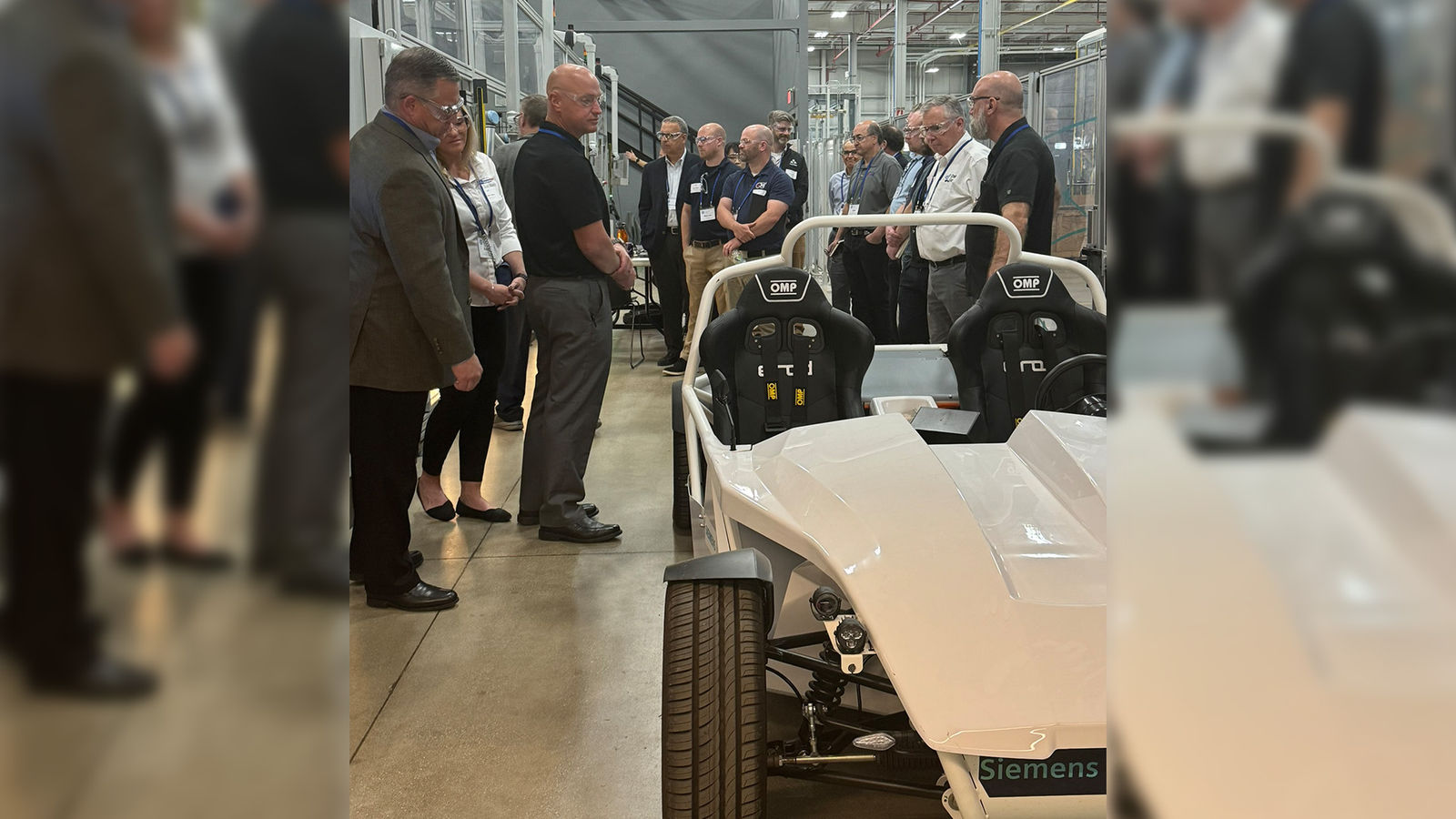AGMA Live Events Advance Understanding of Emerging Technologies
I just returned from two information-packed days in Detroit, running the 2024 AGMA Emerging Technology Forum and the AGMA Technical Committee meeting on standards development for electric vehicle technology. AGMA provided attendees with high-level presentations on materials, advanced IIoT experiences, interactive sessions on the future of robots, and initial standards work for EV technology.
Let me start with the backdrop for our events, LIFT—the National Advanced Materials Manufacturing Innovation Institute. It is one of the 17 U.S. Manufacturing Institutes and one of nine institutes created by the U.S. Department of Defense. LIFT bridges the gap in manufacturing innovation at the crosspoint of research and commercialization, specifically in the materials space. We learned from Noel Mack, CTO at LIFT, that LIFT is out front on projects spanning from developing advanced materials for extreme environments, like hypersonic speeds pushing Mach 30; to gaining a better understanding of the chemistries and microstructures of multi-material additive manufacturing prints.
The LIFT High Bay space looks very different from what I saw just six months ago when I visited. LIFT will continue to iterate as it brings new partners into its ecosystem and expands. I learned that LIFT is actively creating a middle ground for material creation. Currently, manufacturers can get small amounts of additive metal powder from academic researchers, or large amounts from material makers. LIFT is working to fill the space in the middle and provide small development-scale batches of materials that manufacturers can use for prototyping and testing. This accessibility will naturally move projects forward faster.
This thread—the pace of technological growth—pulled through every presentation and discussion of the two days. Thanks to the increased capacity of AI and IIoT solutions, we can analyze much larger data sets in a much smaller amount of time to get to not only the solutions that work but also to gain insights into why some solutions will not work. Tom Hoffman, Business Manager for Siemens Digital Experience Center at LIFT, discussed how we have moved way past IIoT solutions simply collecting data to installations that allow for immediate feedback and correction for quick, better outcomes. He discussed process simulation utilizing various digital threads with a heavy emphasis on digital twin technology. The Siemens Experience has a hands-on example of a manufacturing line utilizing robots and AI-driven vision technology. The staff works with manufacturing partners to test scenarios and continue to optimize automation technologies.
We went from looking at industrial and collaborative robots for manufacturing spaces to discussing the future of robots. Participants Kel Guerin, Co-Founder and CIO at Ready Robotics, and Robert Kufner, President & CEO at SDP/SI, and Chair of the AGMA Robotics Committee led attendees through an interactive dialog of what types of changes may need to come as the world introduces robot technology into service sectors and homes. Through his early work on space robots, Kel has a good understanding of gearboxes and provided his insights on how he thinks they will need to change for these new applications. Products need to be functional, affordable, safe, and quiet. He predicts that we will see the first humanoid robots in service in the next 5 to 10 years, but there is a longer trajectory to get to the point where robots behave more like humans. Robert produces many parts for the robot industry and emphasizes encouraging robot start-ups to work with manufacturers early to best scale up their new products. Both men say there is a lot of opportunity for gear manufacturing in the future of the robot industry.
AGMA will continue to provide opportunities for members to learn and explore emerging technologies. I encourage you to join us at our future events, attend our free webinars in person or on demand, and stay current on these technologies that will impact our collective futures.







